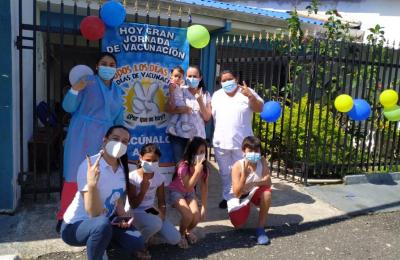Barriers and facilitators to confronting HIV/aids and syphilis experienced by Venezuelan women living in Brazil
Objective
To describe the perception of Venezuelan women regarding access to health care, diagnosis, and treatment of HIV/aids and syphilis in Brazil.
Method
This is a descriptive, exploratory study employing a qualitative approach, performed from February to May 2021 in the municipalities of Manaus, state of Amazonas, and Boa Vista, state of Roraima. The interviews with participants were fully transcribed, with identification of themes based on content analysis.













